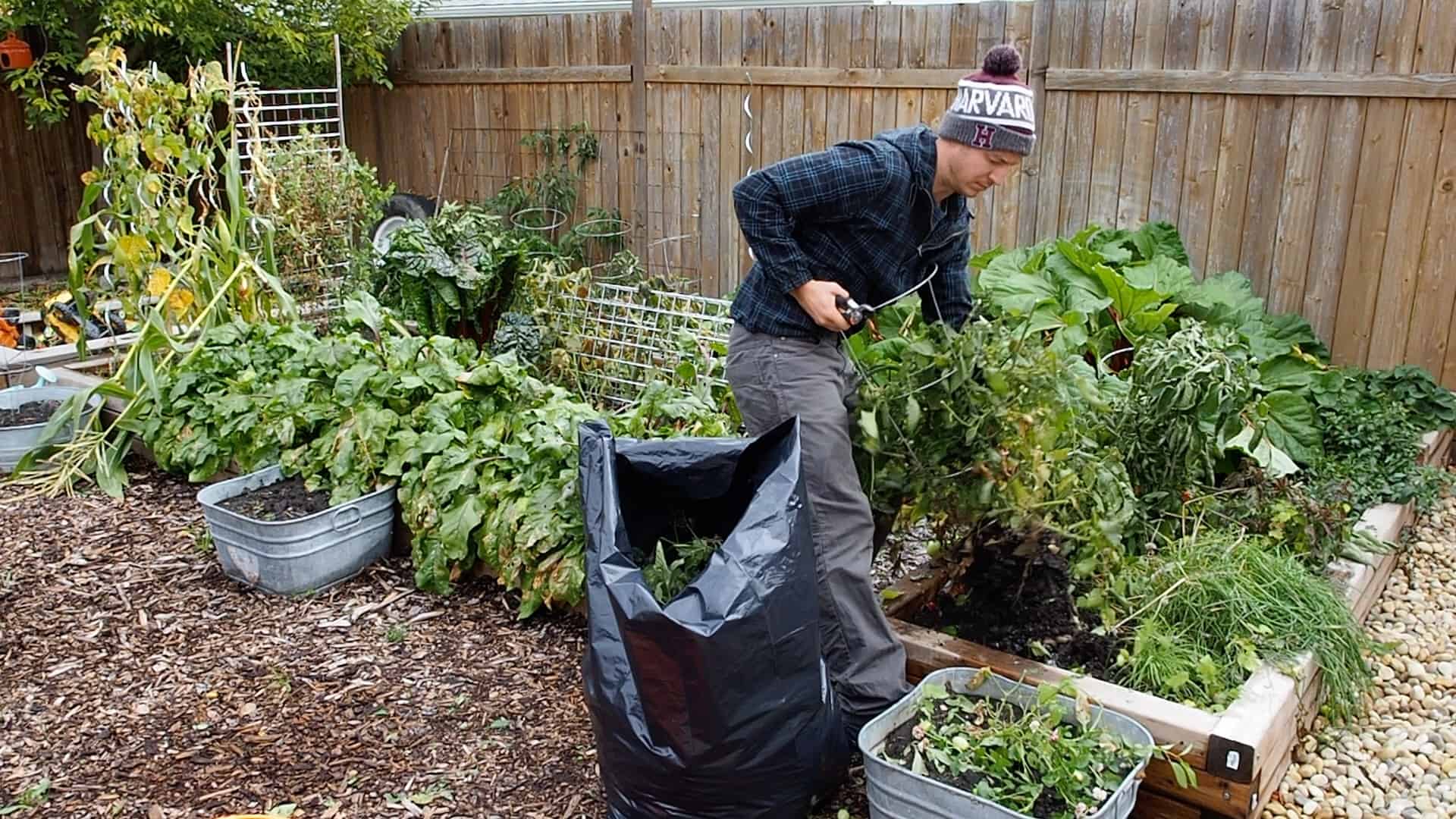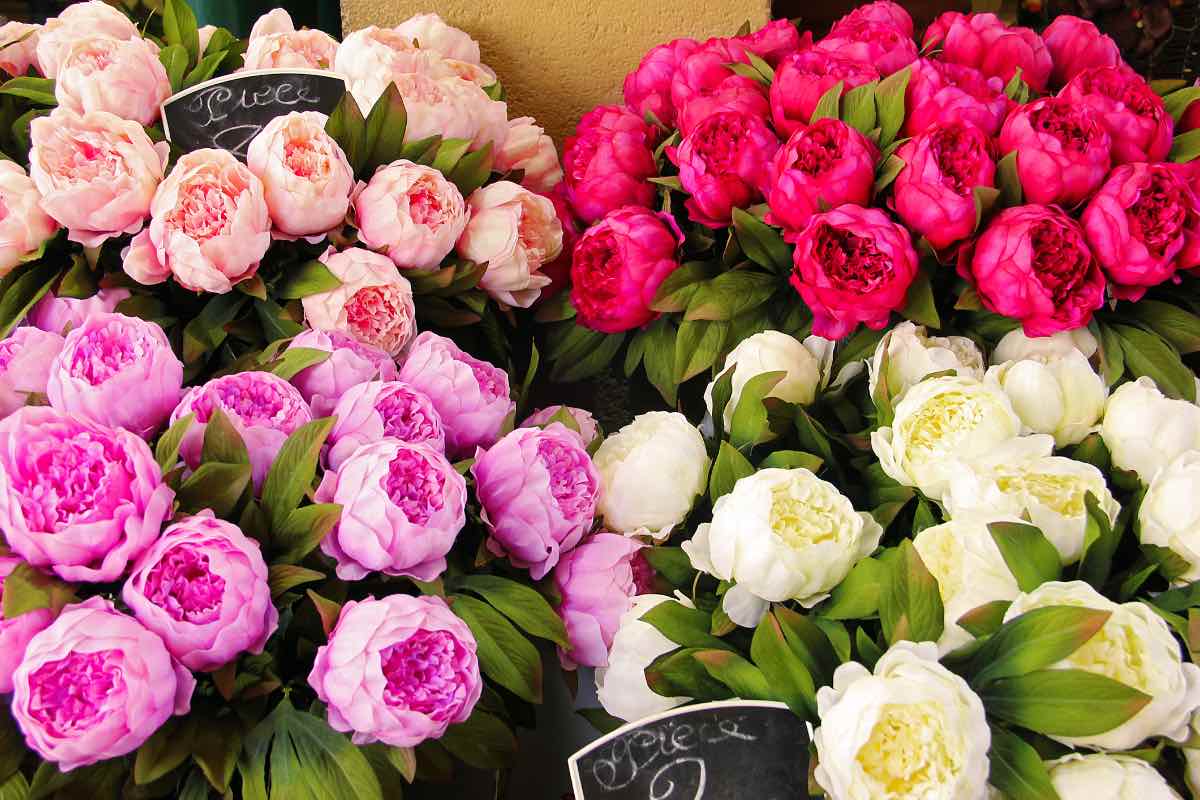Summary
– Differentiate between trees and shrubs before pruning
– Pruning to maintain plant health and quality
– Pruning for tree felling
Pruning cannot be improvised: you need to know the regulations on pruning, the period and techniques for pruning trees.
Pruning is the orderly cutting of trees and plants. Pruning is always the object of a reflection on the risks, methods and consequences on the environment:
– the appearance of the tree;
– its phytosanitary state;
– its growth;
– and its integration into the landscape.
Pruning can be done to ensure the harmonious development of the tree (most frequent case) or to clear the trunk before felling. However, pruning is mainly intended for the plants to be conserved, in order to:
– maintain the natural shape of the trees;
– keep the plants in good health;
– preserve the quality of the wood;
– contain fast-growing plants.
Differentiate between trees and shrubs before pruning
The principle and techniques of pruning differ depending on whether it is a shrub or a tree. It is therefore the first thing to determine before pruning:
Characteristics of a tree: Identifying a tree before pruning
Trees are woody plants (they produce lignin, a component that gives wood its strength) that have certain characteristics:
– They preferentially feed the shoots close to the top, which has the effect of freeing a trunk and increasing the tree’s crown. This is called acrotony.
– Similarly, at each branch, the branches are longer at the tip than at the base. Low branches that are poorly lit and receive less food eventually dry out and prune naturally.
– A young growing tree tends to favour buds on the underside of the twigs (hypotonia), whereas the opposite phenomenon occurs in an aging tree or one that has suffered trauma (epitonia).
Characteristics of a shrub
Shrubs are also woody plants but, unlike trees, they encourage the growth of buds at the base, resulting in a bushy growth habit. This is called basitonia. This is why :
– The maintenance of a shrub therefore consists of cutting the old branches to encourage the growth of new shoots from the base of the trunk or from the stump.
– The shrub favours the buds on the upper side of the branches (epitony).
Examples of tree shrubs:
- Position of long branches on the trunk At the top (acrotony). At the base (basitony).
- Position of long shoots on the branch Below (hypotonia). Above (epitonia).
Explanation:
Note: some trees form several trunks either naturally, such as Persian parsnip or western red cedar, or after an accident (broken trunk or grazed by a deer). The hazelnut tree follows the shrub pattern in its young state, and then its poles follow the pattern of a tree.
Shape pruning: pruning respecting the characteristics of the species
Shape pruning serves to aestheticize the silhouette of the tree according to the criteria of each species. For example, a tree with a columnar shape like the Italian poplar is not pruned like a tree with a parasol like the silk tree. The general shape of a tree is defined according to a specific vocabulary:
– general shape of the tree: the shape of its crown which surmounts the shaft (ball-shaped, rounded, spread out, broad columnar, fastidious, conical, weeping, etc.) ;
– shaft: consisting of the trunk from which the branches start;
– branches: support the foliage from the base of the crown to the top.
Pruning to maintain plant health and quality
Pruning is also practiced to maintain the health of the tree. It then consists of:
– cutting the dry or sick wood;
– cutting branches blown off by the wind, the passage of a machine, etc., in order to obtain a clean cut that will be able to heal properly;
– to lighten the antlers which are sometimes too important to be supported by rotten, cankered (sick) branches, presenting a cavity…
Pruning to preserve the quality of the wood: at least 50 cm diameter
This type of pruning is mainly used for silviculture. In order to be harvested, the barrels of the silviculture trees must:
– have a diameter of between 50 and 60 cm depending on the species (the diameter of the trunk is 1.30 m from the ground);
– be long enough to be logged.
Pruning to contain fast-growing plants
Pruning can be used to limit the growth of trees, with the aim of:
– aesthetics: to harmonize the crown or to give a shape (in a cloud for example);
– practical: to avoid excessive shade (swimming pool, terrace) or to preserve the view;
– compulsory: according to legal obligations and pruning regulations.
In this case, the branches and canopy are reduced by using the pruning techniques for ornamental trees: soft pruning or architectural pruning.
Pruning before work
Before carrying out work near a tree, it is important to cleanly cut off any branches that may hinder movement and, above all, to protect the trunk, e.g. by covering it with planks (do not nail them directly to the trunk!). Digging ditches near the crown of the tree, and near its trunk, inevitably induces stress on the tree, which will lose a certain volume of its roots. Think about:
– Cutting the large roots neatly with pruning shears;
– when filling the ditch and at the level of the crown of the tree, bring back a good compost enriched with bottom fertilizer (especially phosphorus) to stimulate the production of young absorbent roots;
– water it generously during the following year;
– wait until the tree shows dryness in the branches before pruning them. Damaged roots feed certain branches and it is up to the tree to “decide” which branches to prune. There is no point in inflicting new injuries on a tree who is already stressed by the operation.
Pruning for tree felling
Exceptionally, pruning may be required before cutting and felling trees. For large trees, this is called dismantling. Dismantling is then accompanied by several operations:
– felling;
– delimbing on the ground;
– chopping;
If you need help, K-W Tree Expert Co has professional arborists based in Kitchener.



1 thought on “Pruning to Maintain Plant Health and Quality”